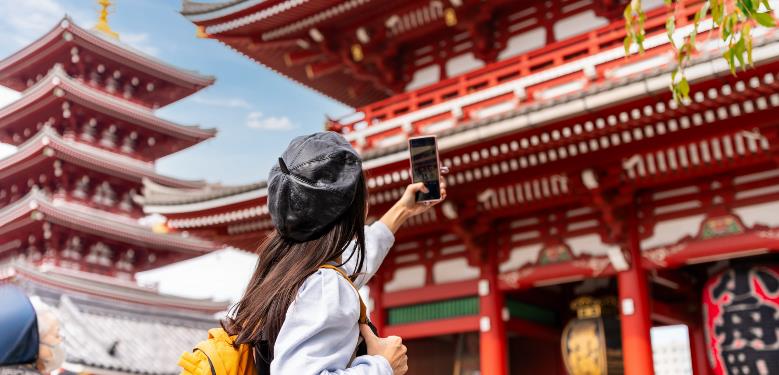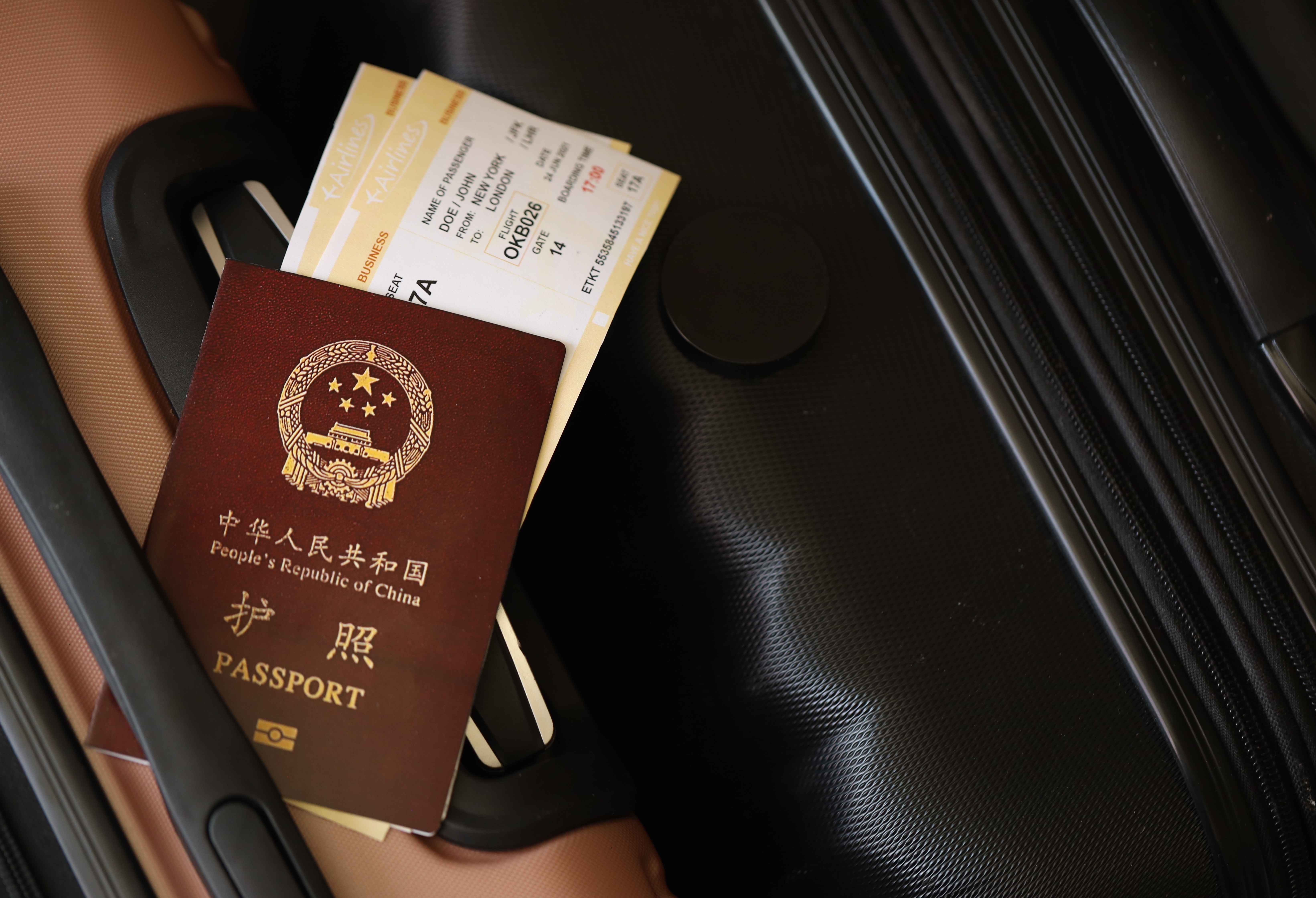
As the number of foreign visitors to Japan continues to rise, the Japanese government plans to reflect higher visa issuance costs and inflation in visa application fees. The move is also expected to help ease the issue of “overtourism.”
The scale of the increase will be determined through consultations with relevant ministries, referencing the levels set by other G7 and OECD member countries. The change will also cover business and long-term residence visas.
Many countries have gradually raised visa fees in response to factors such as inflation, exchange rate fluctuations, and tighter border control policies. Japan, however, has not raised its visa fees since records began in 1978. With the surge in foreign visitors, the personnel and administrative costs required for visa issuance have continued to grow.
Japan is also considering changing the timing of fee collection. Currently, the fee is collected when the visa is issued, but some proposals suggest switching to common Western practice of charging at the time of application. The goal is to discourage casual or unnecessary applications and reduce the administrative workload.
Compared with other G7 countries, Japan’s visa fees are relatively low. A single-entry visa, required for each visit, costs about JPY 3,000 (about USD 19.7), while a multiple-entry visa, valid for repeated visits within a certain period, costs about JPY6,000 (about USD 39.3).
Nationals of 120+ countries still need a visa for short stays in Japan—including China, Vietnam, and the Philippines. In 2024, Japan issued about 5.24 million visas to Chinese nationals, accounting for 70% of the total. The Philippines ranked second with 570,000 visas, followed by Vietnam with 320,000. Together, these three countries made up nearly 90% of all visas issued.




